In autumn and winter, wear soft cotton wool fabrics, and if the wind is strong, put on a coat, which can be said to be warm and beautiful.
But in the face of the problems that most textiles will encounter in autumn and winter, what should we do? What should I do if textiles in autumn and winter always fluff and pill? After reading this article, I will teach you not to be afraid of pilling.
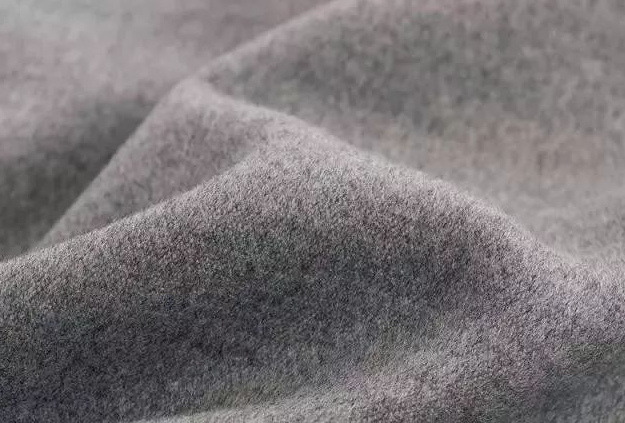
In fact, not only us, pilling is a troublesome problem in the textile industry.
The fabric has a very comfortable feel and smooth surface after finishing.
However, after being made into clothing, small balls will form due to friction during wearing and washing.
Loose fibers on the surface of most fabrics are entangled with each other, and then develop into small balls, which are fixed on the surface of the fabric through several unbroken fibers, resulting in wear and tear. The appearance affects the beauty.
If we want to solve the problem of fabric pilling in autumn and winter, we must understand the causes of this phenomenon.
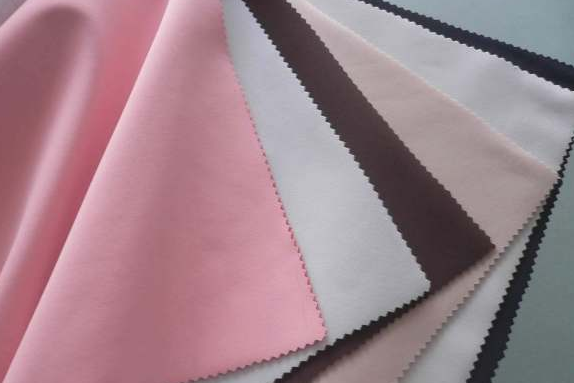
Most of them are caused by mechanical stretching of fibers to the surface of the fabric and formation of fluff in these areas. The hairs are tangled into balls and connected to the surface of the fabric through anchoring fibers. During the process of rubbing, washing, threading and cleaning, the continuous mechanical action causes the ball to fall off.
Any short fiber, including natural and synthetic, will pill, and the pilling phenomenon of deep fiber staple fiber is the most serious.
This is mainly due to the high strength and flexural resistance of polyester, which makes the formed balls difficult to fall off from the fiber, and the static electricity of polyester is easy to absorb Foreign particles cause pilling.
Fiber length and fineness, low twist, hairy and bulky yarns, individual yarns, weaving type, and the type of finishing agent used will all contribute to fiber pilling.
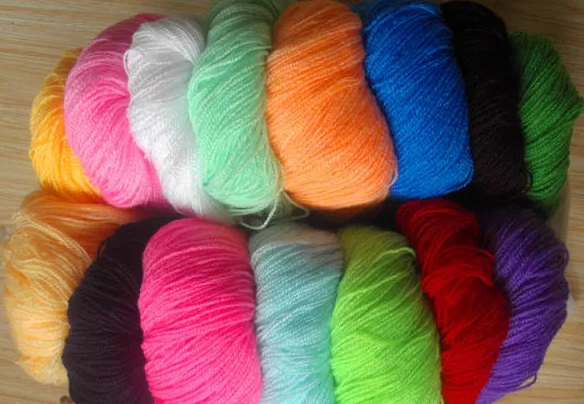
The specific influencing factors are as follows:
(1) Pilling is a dynamic process , small balls are constantly forming and falling off, and if the speed of formation is greater than the speed of falling off, the balls will accumulate on the surface.
The balling rate is related to the number of fibers in the yarn, fiber length, fiber cross-section, yarn twist, fabric structure, etc.
Anything that causes fibers to slide toward the surface of the yarn can increase the balling rate.
(2) The longer the staple fiber length, the less pilling. Because there are fewer fiber ends protruding per unit area, long fibers can also be fixed more firmly to the yarn.
(3) Thick fibers are rigid and therefore less likely to pill.
(4) The round cross-section and smooth surface can make the fibers easily slide to the surface of the fabric, causing pilling.
(5) Low-strength fiber can increase the speed of ball shedding.
(6) Air-jet spinning yarn is better than ring-spinning yarn. In ring-spun yarn, the longer fibers tend to be concentrated in the middle of the yarn, while the shorter ones are on the outside, causing pilling. Open-end yarns are worse than ring-spun yarns.
(7) The finer the yarn count, the less likely it is to pill. However, polyester/wool blended fabrics are an exception. Compared with fabrics of the same blend, the finer the yarn and the more polyester on the surface, the easier it is to pill.
(8) A high pick-up speed can make the yarn tighter and produce less needle dimensions, which reduces the mobility of dimension calculation, thereby reducing Pilling.
(9) In blended fabrics, the higher the polyester content, the easier it is to pill.
(10) Fabrics made of single-ply yarns are easier to pill than fabrics made of double-ply yarns.
(11) Knitted fabrics are easier to pill than woven fabrics due to the large exposed yarn surface area. The tighter the woven fabric, the less likely it is to pill.
(14) Compared with twill fabric, plain weave fabric has a large number of interlacings and a short cross length, so it is not easy to pilling.
(15) Light fabrics containing a small amount of low-grade cotton are more likely to pill than heavy fabrics.
Therefore, various fiber yarns and fabrics will produce pilling.
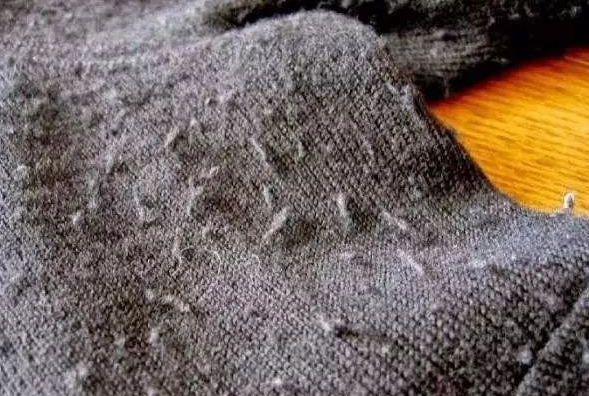
Theoretically, selecting the best conditions for each influencing factor can reduce pilling, but in most cases, these will affect other aspects of the fabric. performance.
Therefore, we can take these measures to control pilling:
(1) Selection is not easy in the yarn and fabric production process Pilling fibers.
(2) In intermittent processing, such as pre-treatment and dyeing in a jet dyeing machine, adding lubricant reduces the� Rub.
(3) When using reactive dyes to dye cotton and polyester/cellulose fiber blended fabrics in a jet dyeing machine, crystallized sodium sulfate can be used instead of commonly used table salt.
(4) Use appropriate heat setting for polyester/fiber cord fiber and polyester/wool blended fabrics to set the yarn, and overfeed appropriately.
(5) Brushing while shearing can remove surface fibers and protruding fibers.
(6) Perform singeing on both surfaces to remove surface fibers. The effect of singeing two or more times is better.
(7) For polyester and polyester/cellulose fiber blended fabrics, partial alkali reduction of the polyester component can reduce the strength of the polyester, so the pellets are easy to remove.
(8) For cotton and polyester/cellulose fiber blended fabrics, bioenzymes suitable for wool or polyester/wool blended fabrics are used for biopolishing.
(9) Polyester/cellulose fiber, polyester/wool and cotton fabrics are treated with special additives in a jet dyeing machine, and the garments are washed in a tumbler to remove surface fibers.
(10) The amount of silicone must be appropriate to avoid excessive softness and lubrication, otherwise it will cause the fibers to move to the surface and cause pilling.
(11) Use special finishing agents to give the fabric softness and improve pilling resistance and wear resistance through film formation.
So, when we usually wear clothes that are prone to pilling, we should try to avoid excessive friction, and we also need to pay attention to the storage of these clothes.
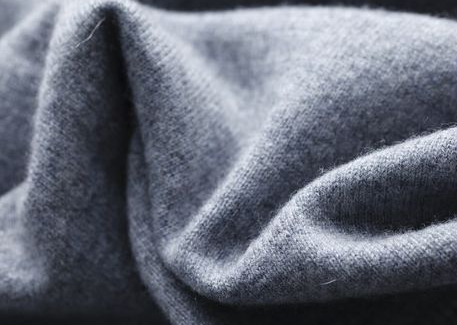
However, due to various consumer requirements for softness, comfort, etc., it is impossible to completely remove pilling, but if preventive measures are taken It can be controlled with targeted measures, so you textile friends don’t have to worry too much.







